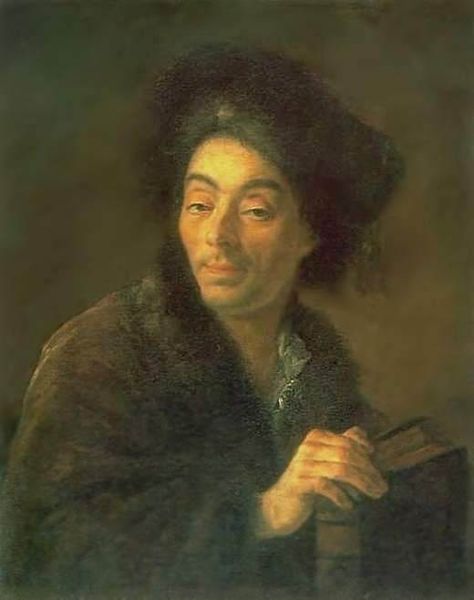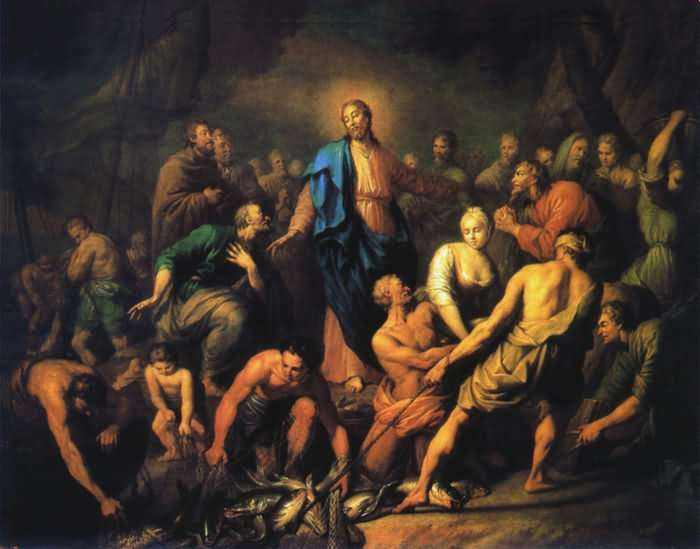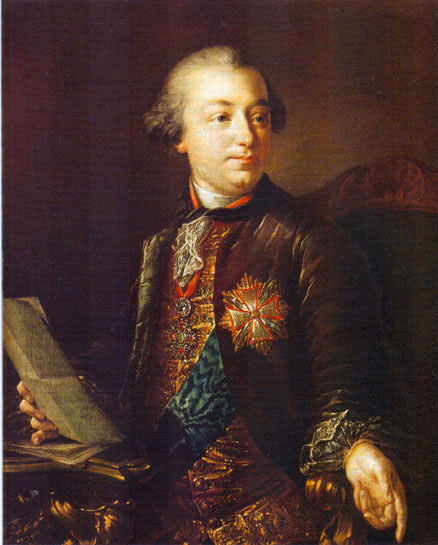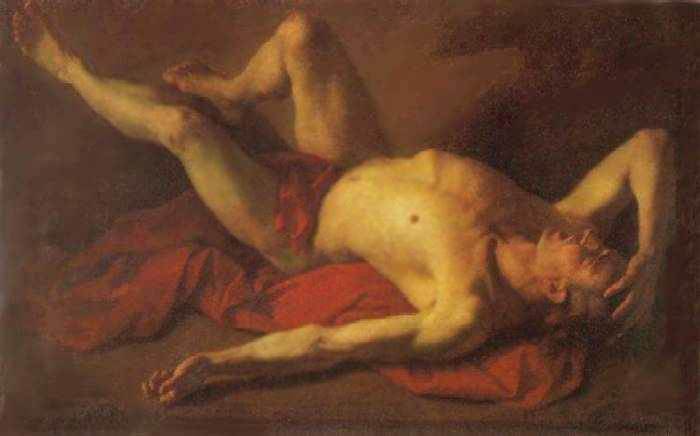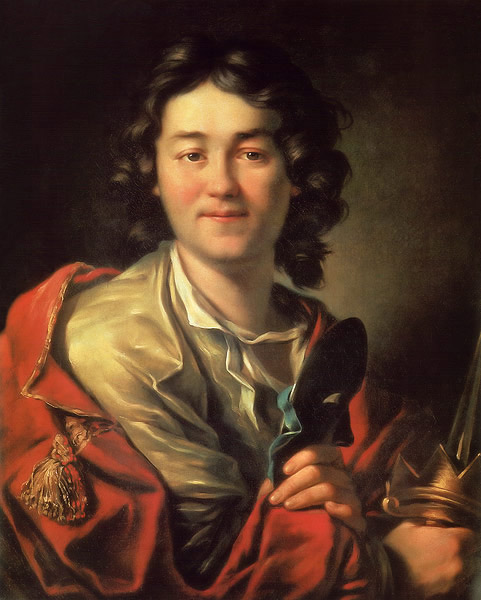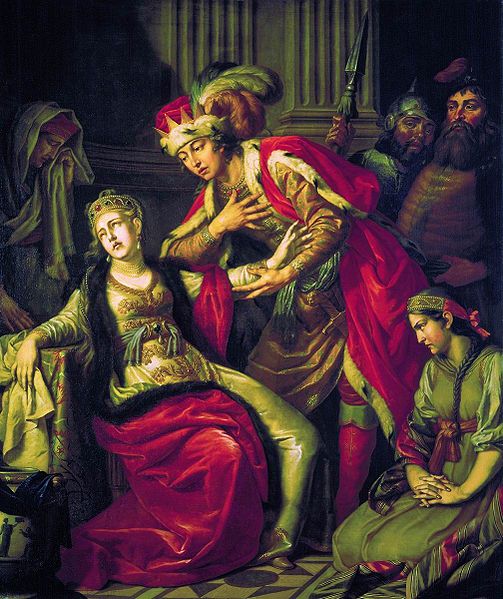<Back to Index>
- Immunologist Almroth Edward Wright, 1861
- Painter Anton Pavlovich Losenko, 1737
- 31st President of the United States Herbert Clark Hoover, 1874
PAGE SPONSOR
Anton Losenko was born to the family of a Ukrainian cossack. Soon he became an orphan and at the age of seven was sent to a Court Choir in Saint Petersburg. In 1753, as he had lost his voice but had shown talent for painting, he was sent for apprenticeship to the artist Ivan Argunov. In 1758, after five and a half years of apprenticeship, he was admitted to the Imperial Academy of Arts. Among the paintings created there was his Portrait of Ivan Shuvalov.
In 1760, the Academy sent him to Paris to study art under the French neoclassical painter Jean II Restout. There he painted a large painting based on the New Testament story of the miraculous catch of fish. In 1766 - 1769 Losenko worked in Italy, studying Italian art, especially the painting of Rafael. There he created his two paintings of Kain and Abel.
In 1769, Losenko returned to Saint Petersburg. He received an offer to present a historical painting as a way of receiving Academician status in the Imperial Academy of Arts. From an episode of Kievan Rus' history, he painted his canvas of Vladimir and Rogneda. This painting not only brought him the title of Academician but also a professorship position at the Imperial Acadademy (initially, in 1770, an adjunct professor, but from 1772 a full professor and director of the Academy). While in this position, Losenko wrote a text book called "Short Explanation of the Human Proportions" that served a few generations of Russian painters. He worked as the Director of the Academy until his death in 1773. He died in poverty.
Losenko was one of the painters honoured by having his work appear on Soviet postage stamps, with his Portrait of Fyodor Volkov appearing in 1972. The painters Ivan Akimov and Mikhail Kozlovsky studied under him.
